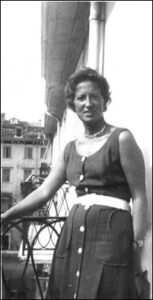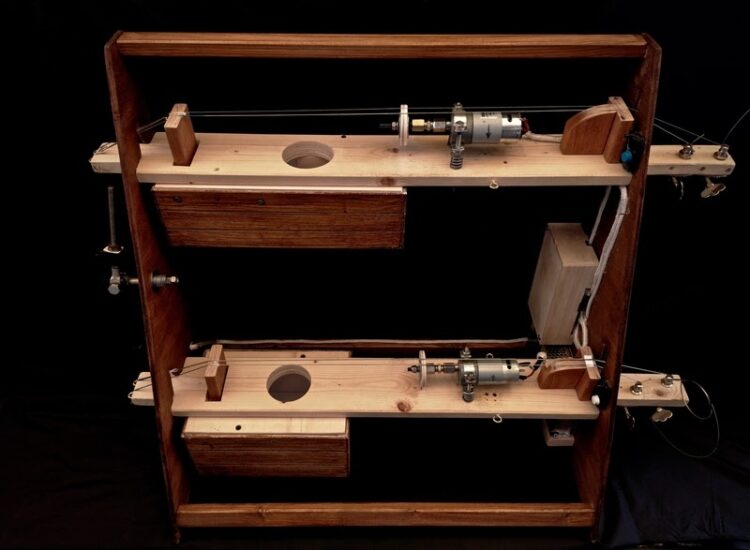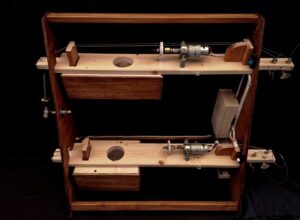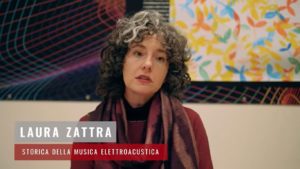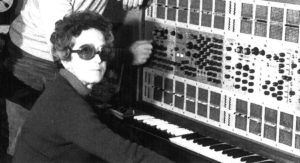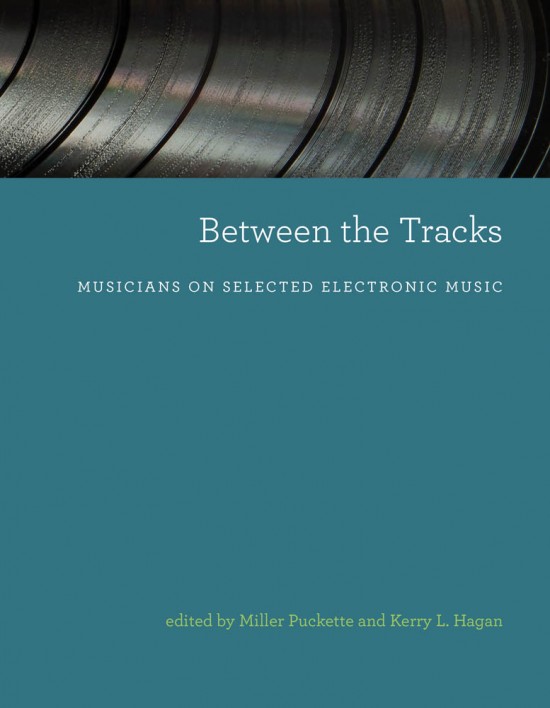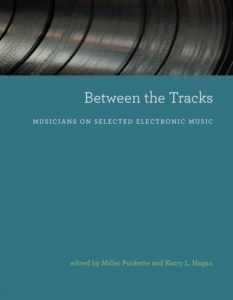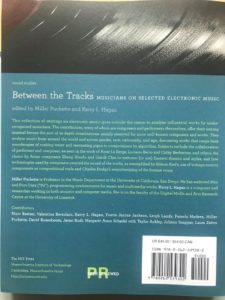In these last few days leading up to the end of 2025, I would like to share my latest presentations, which I have had the pleasure of giving over the last months.
I have spoken a lot about Teresa Rampazzi, and I am so happy about that!
2025: 5-7 novembre 202, L.Zattra, “Political militancy, gender activism and social justice in Teresa Rampazzi’s electronic music”, convegno Politics, Feminisms, Music. European and Global Manifestations from 1945 to the Present Day, Goethe Institut, DHI, Roma. Complete program here.
Abstract:
Teresa Rossi in Rampazzi (1914-2001) è stata, tra i pionieri della musica elettronica in Italia, anche la prima compositrice ad imporsi al pari dei suoi colleghi tra la fine degli anni Sessanta e gli anni Ottanta, grazie alla sua attività compositiva e pedagogica, per subire poi una sorta di silenzio e indifferenza negli ultimi anni della sua vita. Dopo la sua morte, la sua figura ha acquistato sempre più valore di spicco nel panorama italiano come modello di riferimento.
Non si riteneva femminista ma frequentava le idee e le attiviste femministe. Utilizzava sempre il cognome da sposata (Rampazzi) e non recriminava differenze sessuali nel mondo artistico, ma affermava che “la competitività dei maschi l’ho sentita molto” e che “inconsapevolmente ho rischiato di compromettere i miei interessi musicali quando mi sono sposata. Ma erano troppo importanti per me”. Se qualcuno le chiedeva se esistesse un modo femminile di fare musica, rispondeva: “Assolutamente no”.
Con una visione dell’arte e dell’esistenza ricca e articolata, la sua attività è stata caratterizzata da un attivismo che ha toccato ogni punto di vista: dalle emanazioni artistiche fino alla quotidianità, in casa e in famiglia (educò i figli secondo principi liberali ed egualitari, attenta alla parità uomo-donna), al suo impegno nella società (militò nella sinistra padovana, frequentò Ettore Luccini, Toni Negri) e nel campo dell’arte (riunì, fece incontrare e collaborò con personalità estremamente diverse come Sylvano Bussotti, John Cage, Italo Calvino, il gallerista Alberto Carrain, Diego Carpitella, Niccolò Castiglioni, Heinz-Klaus Metzger, Leone Minassian, Luigi Nono, Paolo Patelli, Karlheinz Stockhausen, Emilio Vedova, Ennio Chiggio, Ettore Luccini, Giovanni De Poli, Alvise Vidolin).
2025: 10 ottobre, L.Zattra, “Un’assenza/presenza (allo Studio di Fonologia della Rai): il caso di Teresa Rampazzi” giornata di studi “Donne ed elettronica: il suono dell’assenza” Nell’ambito della serie di eventi per FONOLOGIA — Convegno diffuso 1955–2025, Milano. Venerdi 10 ottobre 2025 – ore 17:00/19:00, Teatro Arsenale – Milano, Via Cesare Correnti 11, Milano, program here.
Abstract
Teresa Rampazzi (1914-2001) è stata, tra i pionieri della musica elettronica in Italia, anche la prima compositrice che è riuscita ad imporsi, grazie alla sua attività compositiva, sperimentale e pedagogica, al pari dei suoi colleghi. La sua lunga attività l’ha vista dapprima attiva come pianista di musica d’avanguardia, in seguito come sperimentatrice di musica elettronica. Una delle sue più peculiari caratteristiche è stata la capacità di catalizzare una vasta rete di persone attorno a sé: ha fondato un collettivo (il gruppo N.P.S.), ha istituito il corso di musica elettronica al Conservatorio di Padova (tra i primi quattro corsi in Italia assieme a quelli dell’amico Pietro Grossi al conservatorio di Firenze, a Zaffiri a Torino e a Paccagnini a Milano), è stata figura chiave nelle attività iniziali del CSC (Centro di Sonologia dell’Università di Padova). Il suo incessante interesse per la sperimentazione e la tecnologia l’ha portata a fare da tramite e a collaborare con Sylvano Bussotti, John Cage, Italo Calvino, il gallerista Alberto Carrain, Diego Carpitella, Niccolò Castiglioni, Heinz-Klaus Metzger, Leone Minassian, Luigi Nono, Paolo Patelli, Karlheinz Stockhausen, Emilio Vedova, Ennio Chiggio, Ettore Luccini, Giovanni De Poli, Alvise Vidolin… In questo network di persone, associazioni e istituzioni, lo Studio di Fonologia della RAI si pone come assenza/presenza, un’utopia che cercò di realizzare senza riuscirci. In realtà, frequentò e continuò a collaborare con le stesse persone che vi lavoravano o vi avevano preso parte: Maderna, Cage, Nono, Berio, Grossi… Questo intervento esplora la fitta rete di connessioni che Teresa Rampazzi riuscì a coltivare e ricostruisce per la prima volta i suoi tentativi di frequentare lo Studio.
My other talks here: https://laurazattra.com/2025/12/03/my-latest-talks-here-and-there-at-various-international-conferences/


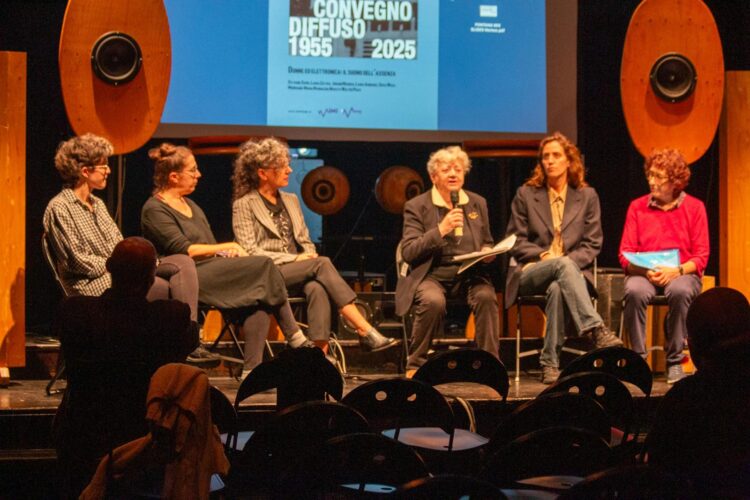

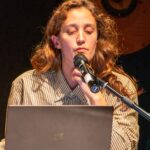
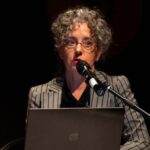

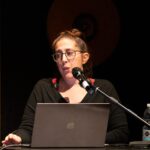
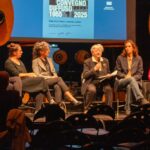
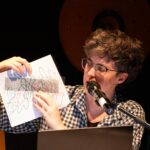
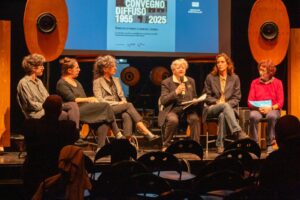
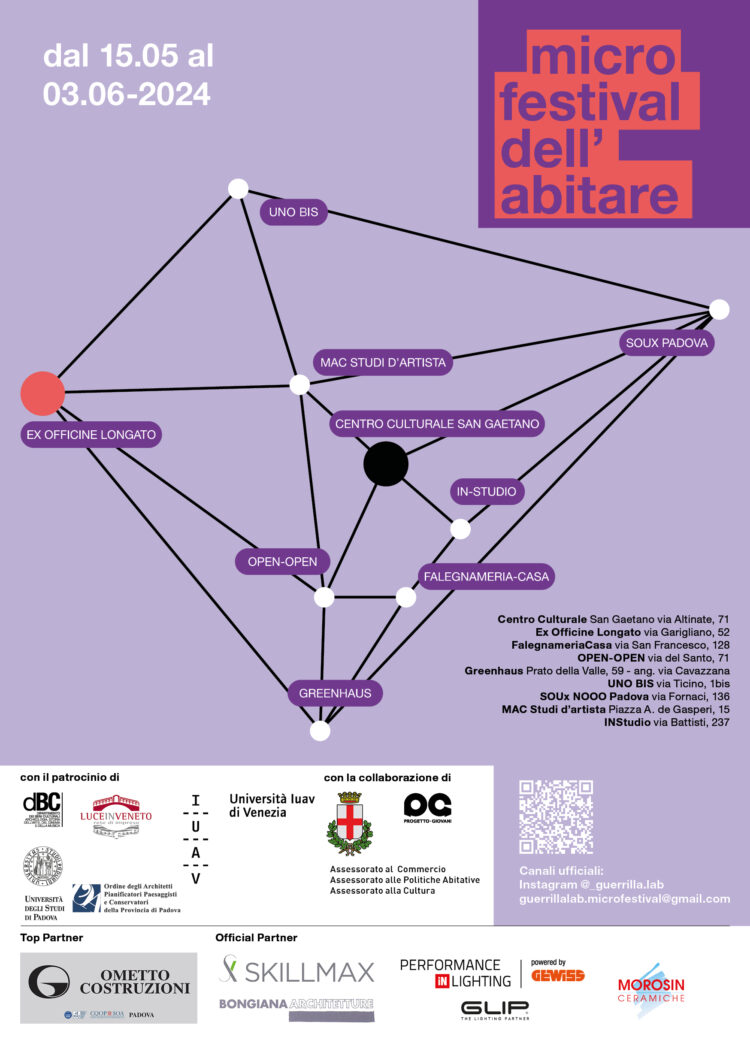
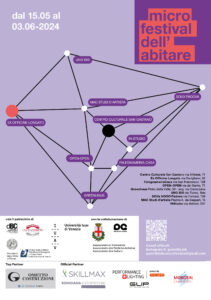
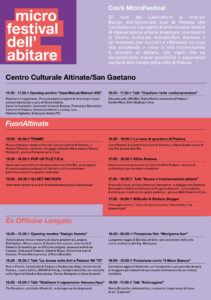
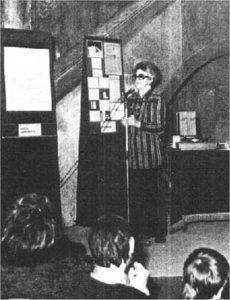 Teresa Rampazzi’s music (at least part of it, but we are working for future publications ) is edited by Die Schachtel.
Teresa Rampazzi’s music (at least part of it, but we are working for future publications ) is edited by Die Schachtel.